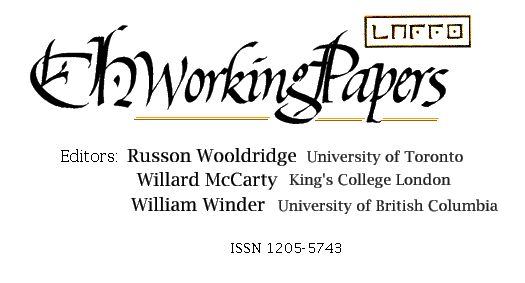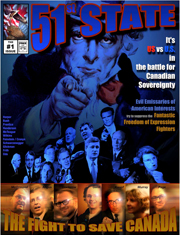I’m at the State of the World: Information Infrastructure Construction and Dissemination for Humanities and Social Science Research conference at the University of Alberta. This conference was organized primarily to reflect on the Canadian Century Research Initiative which has been developing “a set of interrelated databases centered on data from the 1911, 1921, 1931, 1941 and 1951 Canadian censuses.” Peter Baskerville, the organizer, yesterday took us through how one can use census data to make inferences about a young girl in Edmonton in 1911. Some of the interesting ideas:
- For many Canadians census data is the only record of their lives. Census data provides a unique picture into the everyday lives of people who otherwise do not show up in publications and the historical record.
- Data, like census data, is significantly enhanced with connected to contextual information from insurance maps to newspaper stories.
- There is an amazing variety of commercial and non-commercial data from opinion polls to buying data. The issue of data is not just about censuses – we need to find way to gather and preserve the variety of data now being generated by cell phone companies, political organizations, megastores and so on.
- Confidentiality is a major issue. We need to find a balance between research access and not harming people.
- Sustainability of digital data/texts. As scholarly digital work and applications are created, how can they be preserved.
Dan Larocque from Open Text spoke on “Private/Public Ventures in the Digital World: Open Text and the Canada Project”. The mission of the Canada Project is to “To advance Canadians’ awareness of and access to accumulated knowledge through mass digitization of Canada’s published heritage.” The project is to put all Canadiana online and to create a user experience that allows all Canadians to use the content from genealogist to children interested in a historic hockey game. Dan also talked about the Stratford Institute which is a collaboration between the town of Stratford, Waterloo University, Open Text, and the province to create a digital media focused campus.
I spoke at this conference on “Cyberinfrastructure: Mashing Texts and Tools in TAPoR”.





 Once I notice one comic being used to introduce computing issues I’m told of another. Google commissioned the Chrome comic, Gordon Duncan of
Once I notice one comic being used to introduce computing issues I’m told of another. Google commissioned the Chrome comic, Gordon Duncan of